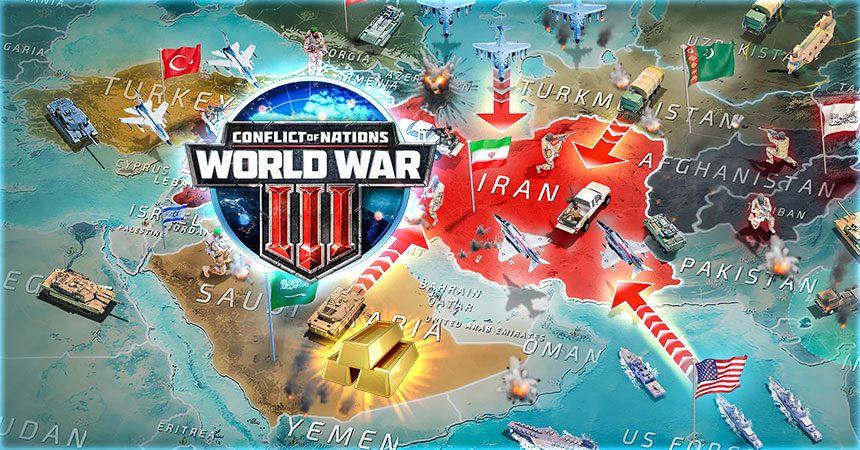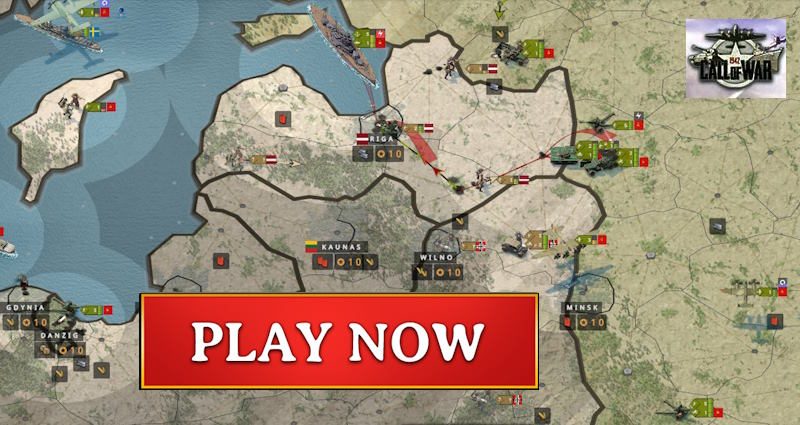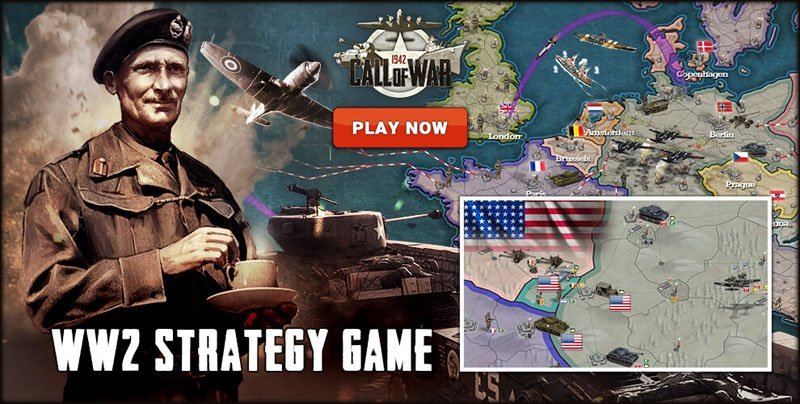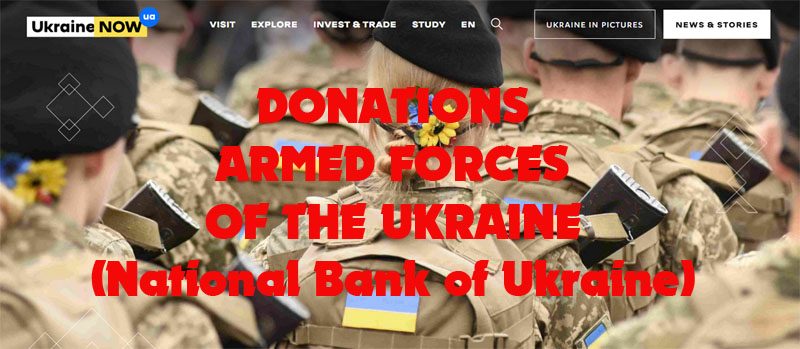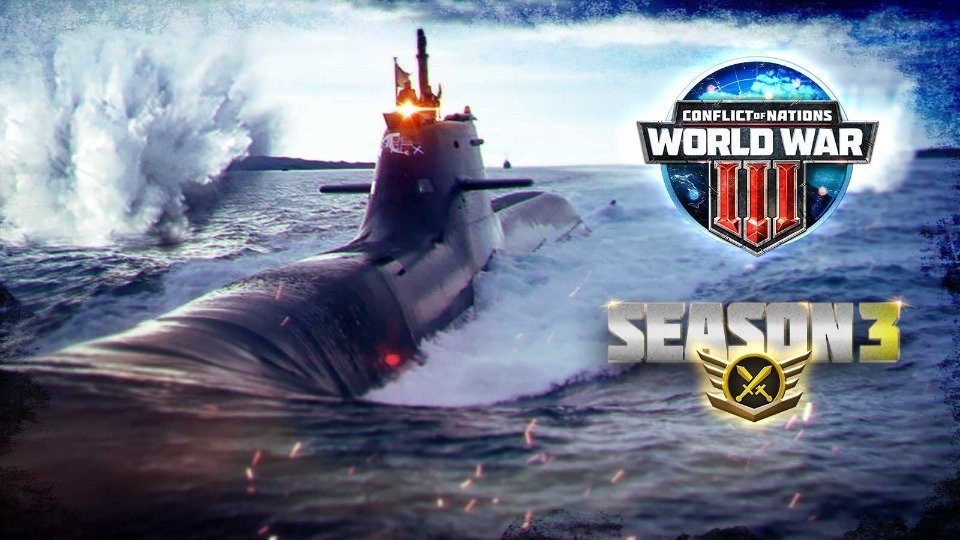Explore iconic WWII ammunition and weapons that changed warfare forever. From M1 Garand to Karabiner 98k – discover their design, impact, and lasting legacy.
World War II marked a revolutionary turning point in ammunition and weapon technology that forever changed how wars would be fought. The conflict pushed manufacturers and military engineers to their limits, demanding innovations that could mean the difference between victory and defeat on battlefields spanning continents.
Innovation in ammunition design became crucial for battlefield success and soldier survivability. Countries raced to develop cartridges that could penetrate armor, illuminate targets, and deliver devastating firepower with unprecedented reliability. This technological arms race produced some of the most iconic weapons and ammunition types in military history.
At Scorpion Ammo, we appreciate this rich history of ammunition development and its lasting impact on modern cartridge design. Let’s explore the key ammunition types, legendary firearms, and lasting innovations that shaped WWII combat.
Key Ammunition Types That Shaped WWII Combat
Table of Contents
The backbone of WWII infantry firepower rested on several standardized calibers. The .30-06 Springfield powered American forces with excellent range and stopping power, while the German 7.92×57mm Mauser provided reliable performance across multiple weapon systems. British forces relied heavily on the .303 British cartridge for its accuracy and consistent ballistics, and Soviet troops utilized the powerful 7.62×54mmR in both rifles and machine guns.
Beyond standard ball ammunition, specialized rounds transformed tactical possibilities. Incendiary rounds could ignite fuel supplies and aircraft, while tracer ammunition allowed soldiers to adjust their aim in real-time and coordinate fire with squad members. Armor-piercing cartridges became essential as tank warfare evolved, featuring hardened cores that could penetrate increasingly sophisticated armor plating.
The evolution of ammunition design during WWII reflected rapidly changing combat needs. Engineers constantly refined powder charges, bullet weights, and projectile shapes to achieve optimal range, penetration, and reliability. These wartime innovations balanced raw effectiveness with practical considerations like production costs and material availability.
Iconic Firearms and Their Ammunition
The M1 Garand, chambered in .30-06 Springfield, revolutionized infantry firepower by giving American soldiers a reliable semi-automatic rifle when most enemies still used bolt-action weapons. This eight-round en bloc clip system provided a significant rate-of-fire advantage, though the distinctive “ping” sound when empty clips ejected sometimes revealed a soldier’s position.
Germany’s Karabiner 98k, firing the 7.92×57mm Mauser cartridge, became the backbone of Wehrmacht infantry units. This bolt-action rifle earned a reputation for exceptional accuracy and reliability, even under harsh combat conditions. Its robust design and powerful cartridge made it effective at longer ranges than many allied weapons.
The British Lee-Enfield, chambered in .303 British, stood out for its incredibly high rate of fire among bolt-action rifles. Experienced soldiers could fire 15 aimed rounds per minute, and the ten-round magazine capacity gave British troops a sustained fire advantage in many engagements.
Soviet forces deployed the PPSh-41 submachine gun, typically firing the 7.62×25mm Tokarev cartridge, which became famous for its volume of fire and rugged construction. The German MP40, chambered in 9mm Parabellum, provided excellent controllability and became the standard submachine gun for German forces. Later in the war, the revolutionary StG 44, firing the intermediate 7.92×33mm Kurz cartridge, represented the world’s first true assault rifle and influenced post-war weapon development significantly.
Ammunition Production and Logistics Challenges
The scale of ammunition production during WWII was staggering. Allied nations collectively produced billions of rounds annually, with the United States alone manufacturing over 40 billion rounds throughout the conflict. This massive production required unprecedented coordination between government agencies, private manufacturers, and raw material suppliers.
Resource limitations significantly impacted ammunition production on both sides. The Axis powers faced increasing shortages of copper, lead, and other essential materials as the war progressed, forcing them to develop substitute materials and simplified manufacturing processes. Supply chain disruptions from strategic bombing campaigns constantly challenged production capabilities.
The relationship between ammunition production and battle readiness became a critical strategic factor. Armies with reliable ammunition supplies could maintain offensive operations, while those facing shortages had to conserve ammunition and limit engagement opportunities.
Specialized Ammunition and Tactical Innovations
Anti-tank weapons and their specialized ammunition became increasingly important as armored warfare dominated battlefields. The American bazooka used shaped-charge warheads that could penetrate tank armor, while the German Panzerfaust employed similar principles in a disposable launcher format. These weapons demonstrated how ammunition design could level the playing field between infantry and armored vehicles.
Tracer rounds served multiple tactical purposes beyond target indication. They allowed squad leaders to direct fire onto specific targets, helped machine gunners maintain proper fields of fire, and provided visual communication between units during chaotic combat situations. Incendiary ammunition found applications in both anti-aircraft and infantry roles, proving effective against equipment, structures, and aircraft fuel systems.
The development of armor-piercing ammunition evolved rapidly as tank armor became more sophisticated. Engineers experimented with different core materials, projectile shapes, and velocity optimization to achieve maximum penetration. This technological race between armor and ammunition continued throughout the war and beyond.
Humanitarian Considerations and Modern Legacy
The humanitarian aspects of ammunition design became increasingly important during and after WWII. International discussions about ammunition types that caused excessive suffering led to ongoing debates about military necessity versus humanitarian concerns, influencing post-war international law development.
WWII ammunition innovations directly influenced post-war cartridge standardization efforts. NATO’s adoption of standard calibers drew heavily from wartime experience, while many WWII-era cartridges remained in military service for decades after the conflict ended.
Today’s ammunition collectors and historical reenactment enthusiasts maintain strong interest in WWII-era cartridges and weapons. Many WWII calibers continue serving in modern applications, though often with updated powder formulations and projectile designs. The fundamental ballistic principles developed during the war remain relevant for contemporary ammunition engineers and enthusiasts.
Conclusion
The ammunition and weapons of World War II played pivotal roles in determining military success across every theater of operations. These innovations represented a unique blend of engineering excellence, mass production capabilities, and tactical adaptability that shaped the course of history.
The legacy of WWII ammunition development continues influencing modern cartridge design and military strategy. For those interested in exploring this fascinating history further or learning about quality ammunition options, contact Scorpion Ammo to discover how wartime innovations continue benefiting today’s shooters and collectors.


